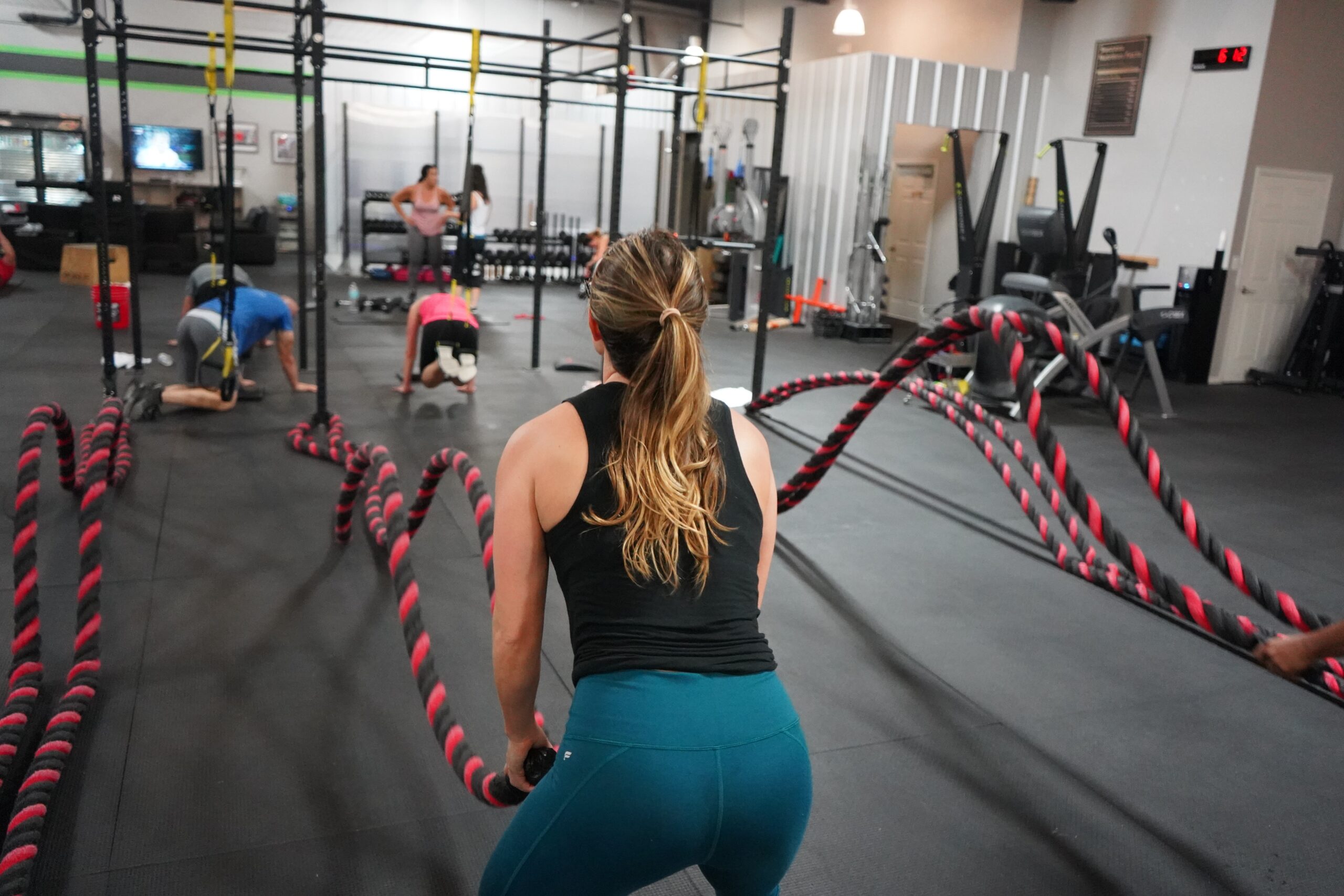Despite the well-known fact that exercising is essential to good health, many people just don’t do it. These days, it’s often because we just don’t have time. We’re more informed about the benefits of a good workout routine than ever before, but who can work a full cardio and strength training regimen in, even if it is just a few times a week?
For those who want to improve overall fitness but feel that there aren’t enough hours in the day, circuit training may be the answer. As the name suggests, circuit training involves doing a series of exercises in rapid succession. Over a period of 30 minutes to an hour, one can use circuit training to work all of the major muscle groups and get a good aerobic workout.

A typical circuit training session consists of alternating toning and cardio exercises. Each weight exercise targets a different muscle group. Individual exercises usually last between 30 seconds and 2 minutes. These factors keep the exerciser from tiring out too quickly, making it possible to exercise continuously.
Circuit training is highly structured, yet it can take on a number of forms. Some gyms, offer a circuit training program in which members use one machine for a specified amount of time, then switch to another machine. There are also personal training programs that take a circuit training approach, coaching clients through a rapid series of exercises. Some people also create their own circuit training routines.
Circuit training is most often intended to promote weight loss and build lean muscle tone and endurance. But it can be adapted for use in muscle building. This can be accomplished by using various types of weights and increasing the length of time at each station. Circuit training may also be used in training for just about any sport by incorporating the right exercises.

Creating a Circuit Training Workout
* Determine what your goals are. If you’re interested in overall fitness, you’ll need to choose exercises that work with each muscle group. If you want to work on specific areas, you can incorporate exercises that benefit those areas.
* Alternate types of exercises. Do an aerobic exercise, then a toning exercise, then another aerobic exercise, and so on. If you’re only targeting a couple of different muscle groups, alternate between them to prevent fatigue.
* Try to create some variety. Do some exercises that do not require equipment, and some that do if possible. This will keep things interesting.
* Don’t forget the warm-up and cool-down. These are important because they help prevent injury and assist your body in adjusting from normal activity to working out and back again.

Stay updated with the International Association of Strength and Conditioning







